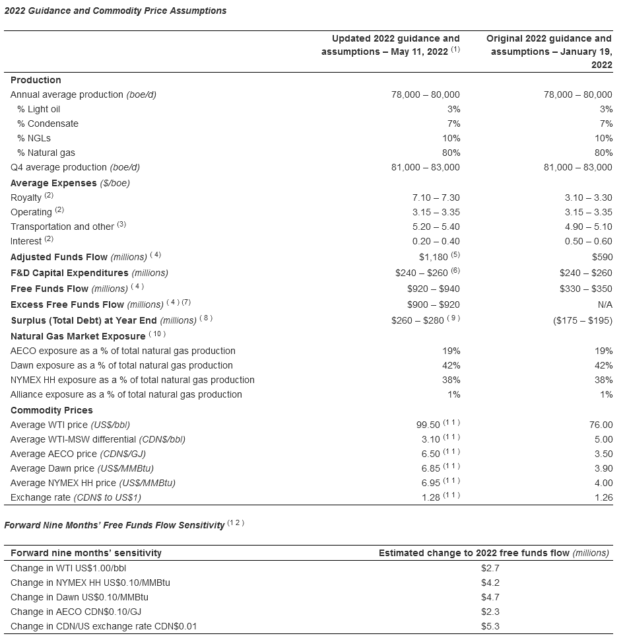When inflation is mentioned, instinctively one’s financial reaction is to own hard assets – the asset value will rise in nominal terms. In real terms, the value stays static – if you go and buy a lawnmower, that lawnmower will keep its value as a great grass-clipping instrument minus the accumulated depreciation of usage. Non-depreciating hard assets are even better, but owning a stack of silver bars does nothing except sit there and look pretty unless if you’re planning on processing the material into some better industrial usage (like analog photography!).
Another logical place would be to invest in companies producing hard assets, such as mining companies. However, the cost to haul materials out of the ground and to refine them are also subject to inflationary pressures.
Looking at the metallurgical coal market, spot Australian met coal has been reaching lofty levels (about US$350/ton), so the few publicly traded companies out there have been able to make a fortune given that costs are typically much lower than this price level. The demand for steelmaking coal is still strong despite recession concerns (although headwinds are forming – take a look at STLC, for example).
The commodity, however, has to get itself out of the ground and loaded onto ships. There is a gigantic volume of material to process. This takes capital and expertise – capital was fairly easy to obtain since most of the coal companies have delevered and can access plenty of money, but it is clear the expertise (having people with brains and experience to do the job) is getting more expensive by the month.
On October 2, 2023, ARCH delivered the following guidance (an earnings warning):
… due primarily to ongoing challenges mining in the first longwall district at its Leer South mine [,] Arch is revising its full year 2023 guidance for coking coal sales volumes to 8.6 to 8.9 million tons and its average metallurgical cash cost guidance to $88 to $91 per ton.
Contrast this with their July 27, 2023 release which had guidance at 8.9 to 9.7 million tons and a $79 to $89/ton cash cost.
On October 12, 2023, AMR delivered the following guidance (another earnings warning):
On top of some weather-related problems that caused vessel delays in the quarter, we experienced mechanical issues at DTA that hampered the ability to load and ship our coal. … Along with lower-than-expected shipment volumes in the quarter, we sold some lower-priced tons from the development areas at new mines during the pricing trough early in the quarter, which negatively impacted our average realizations for the period.
In light of the logistics challenges we have experienced throughout the year, we lowered our overall shipment volume guidance and tightened the ranges to reflect our expectations for the balance of the year. Additionally, due to further investments in employee wages as well as the significant movement of the met coal indices, which directly impact sales-related costs, we are increasing our Met segment cost of coal sales guidance for the full year.
“due to further investments in employee wages” – i.e. you need to pay people a lot to show up to work for a very dirty job these days! This was a triple whammy – lower volumes, lower realization of pricing, and increased costs. On the cost side, it went from $106-112/ton to $110-113/ton.
These are not likely to be the only, nor last warnings on costs coming out of commodity companies going forward. We are seeing these costs increase on almost all commodity firms – the question is how well each individual firm can roll up their sleeves and retain talent. Eventually the demand-supply dynamic of the commodity product will normalize and resemble some function of cost and when this occurs, the low cost producers will survive, while the higher cost producers will face increasing financial pressure until some entities break and cease production. Given the lack of capital pipeline in the fossil fuel world, this might take longer than a traditional commodity cycle, but it will eventually occur.
There will be a day when I will be writing about things other than commodities, but valuation-wise, many of those commodity equities are still trading at valuations that are nowhere close to those of the broader markets, both for ESG-exclusion reasons and anticipation that the industry is somehow going to be imperiled by some phase-out. It is very ironic that this belief is one of the primary causes of the industry’s profitability at present – capital constraint restricting supply is creating a higher price environment than if capital were flowing freely.
